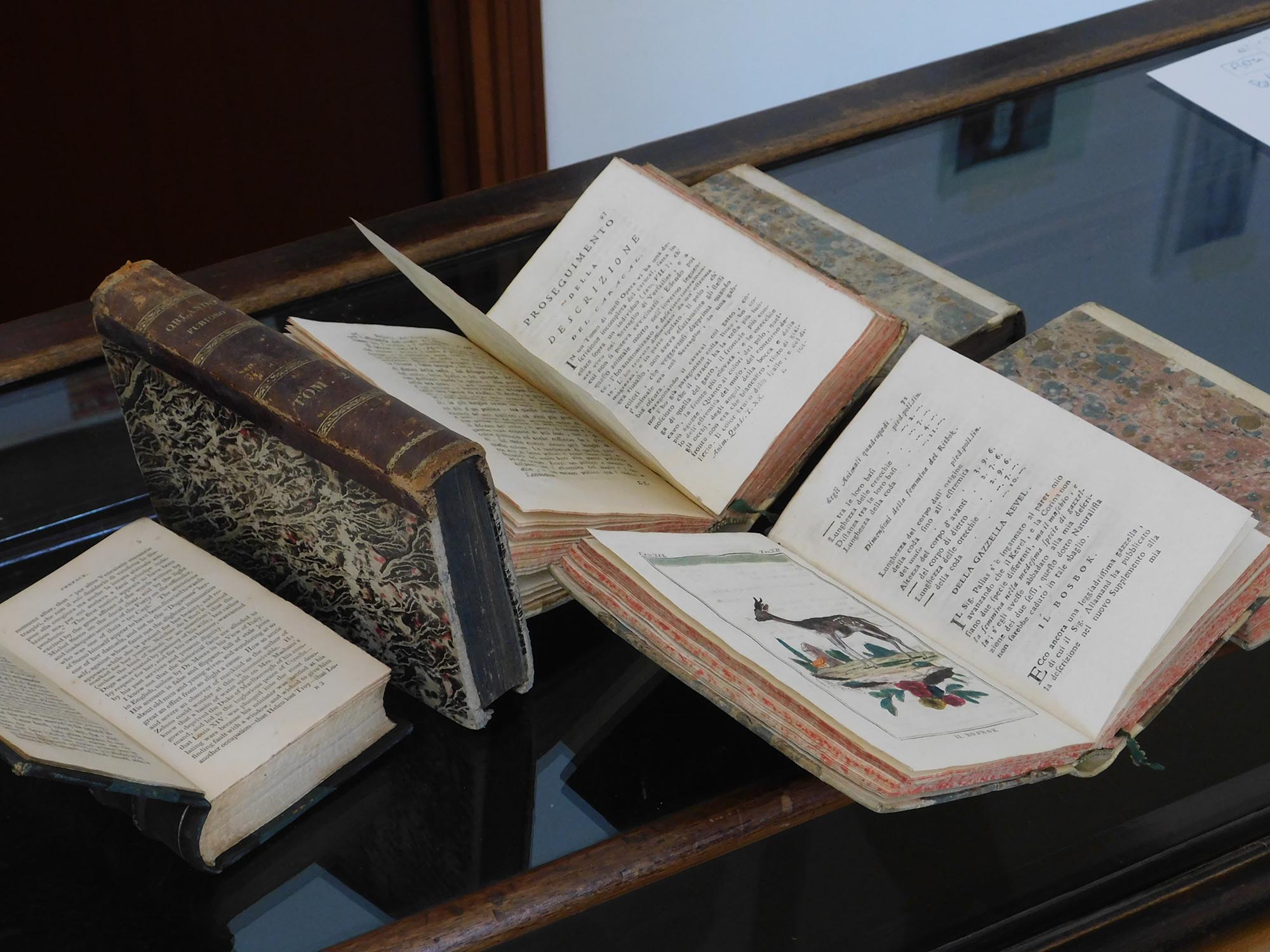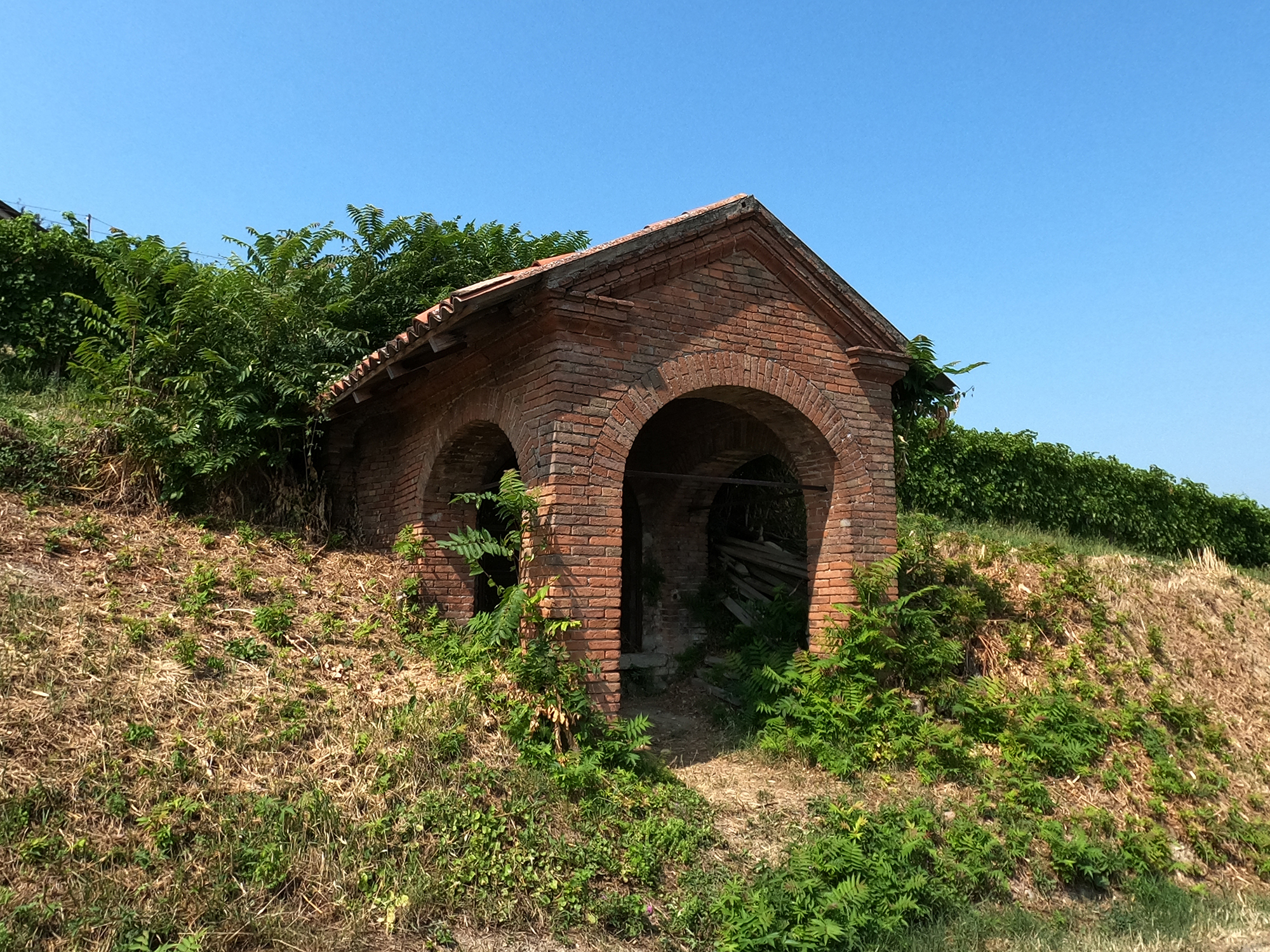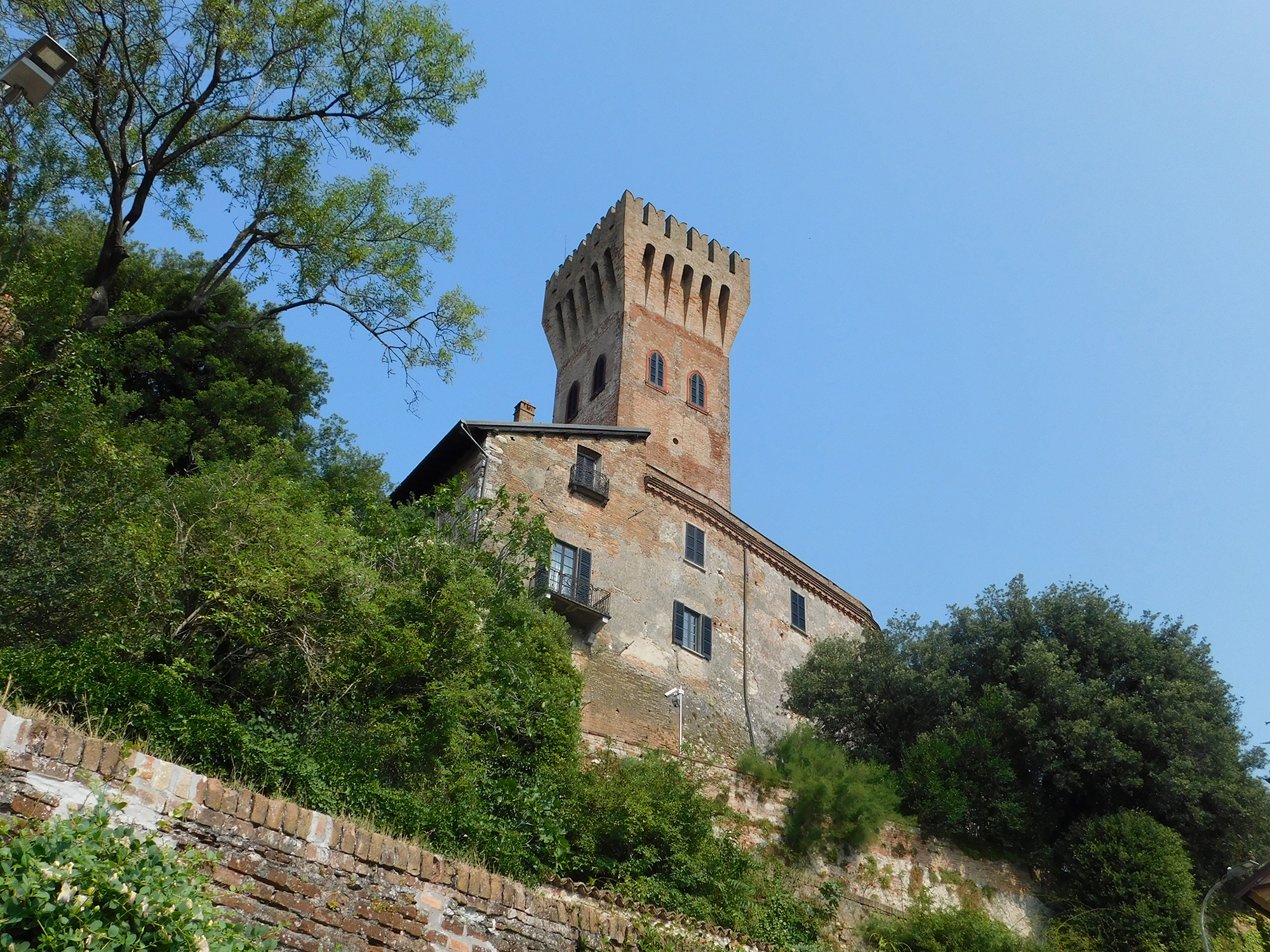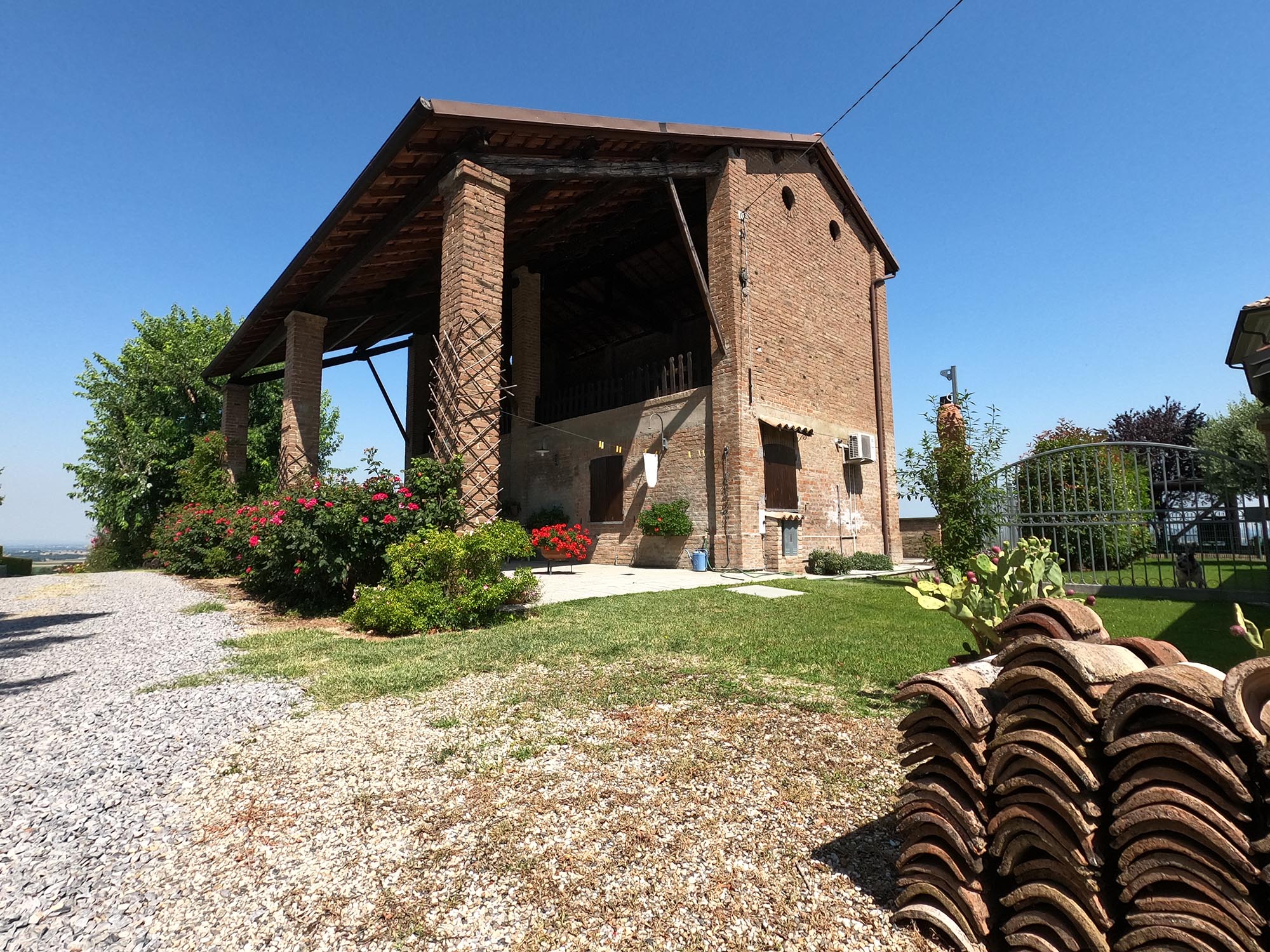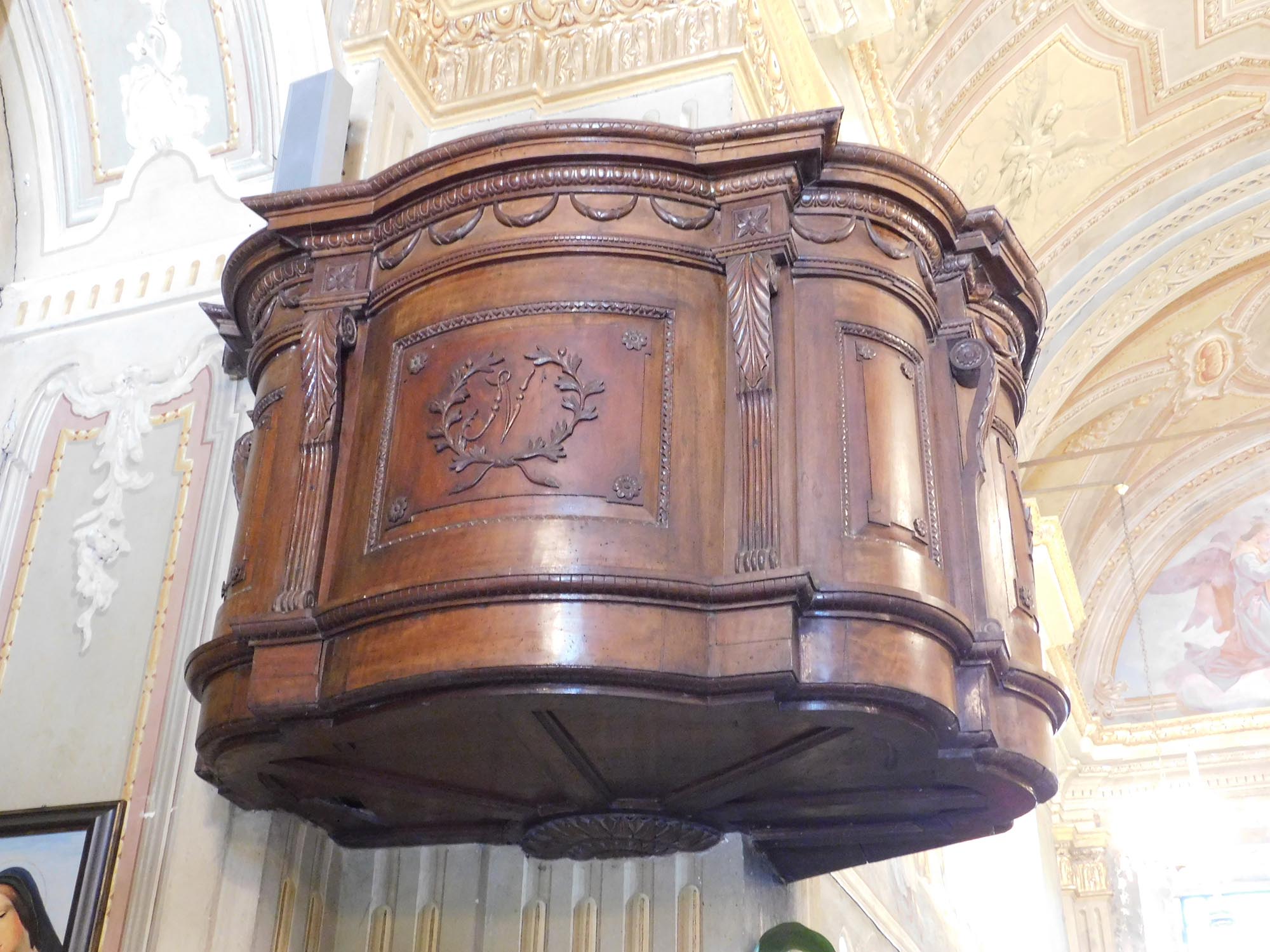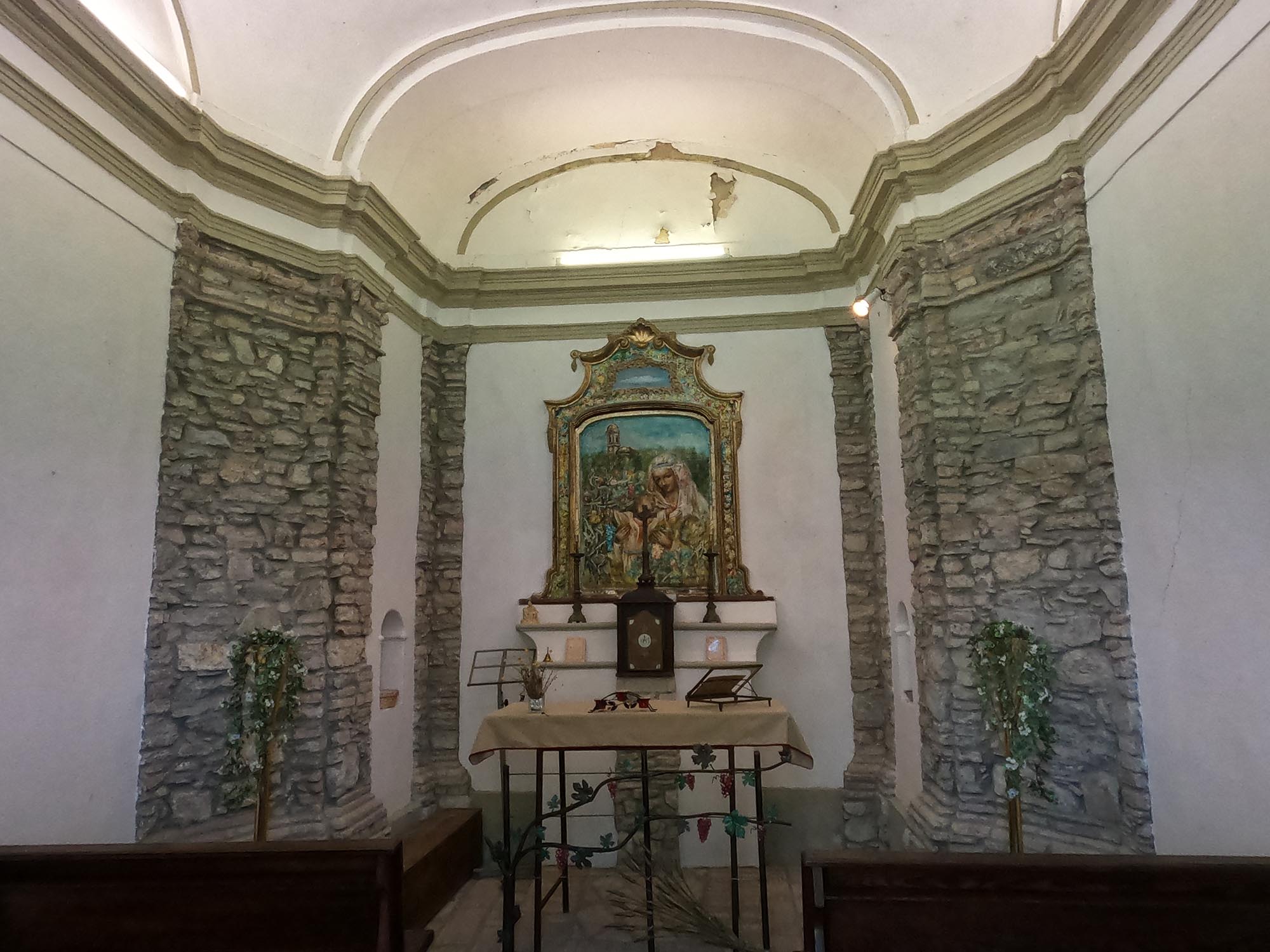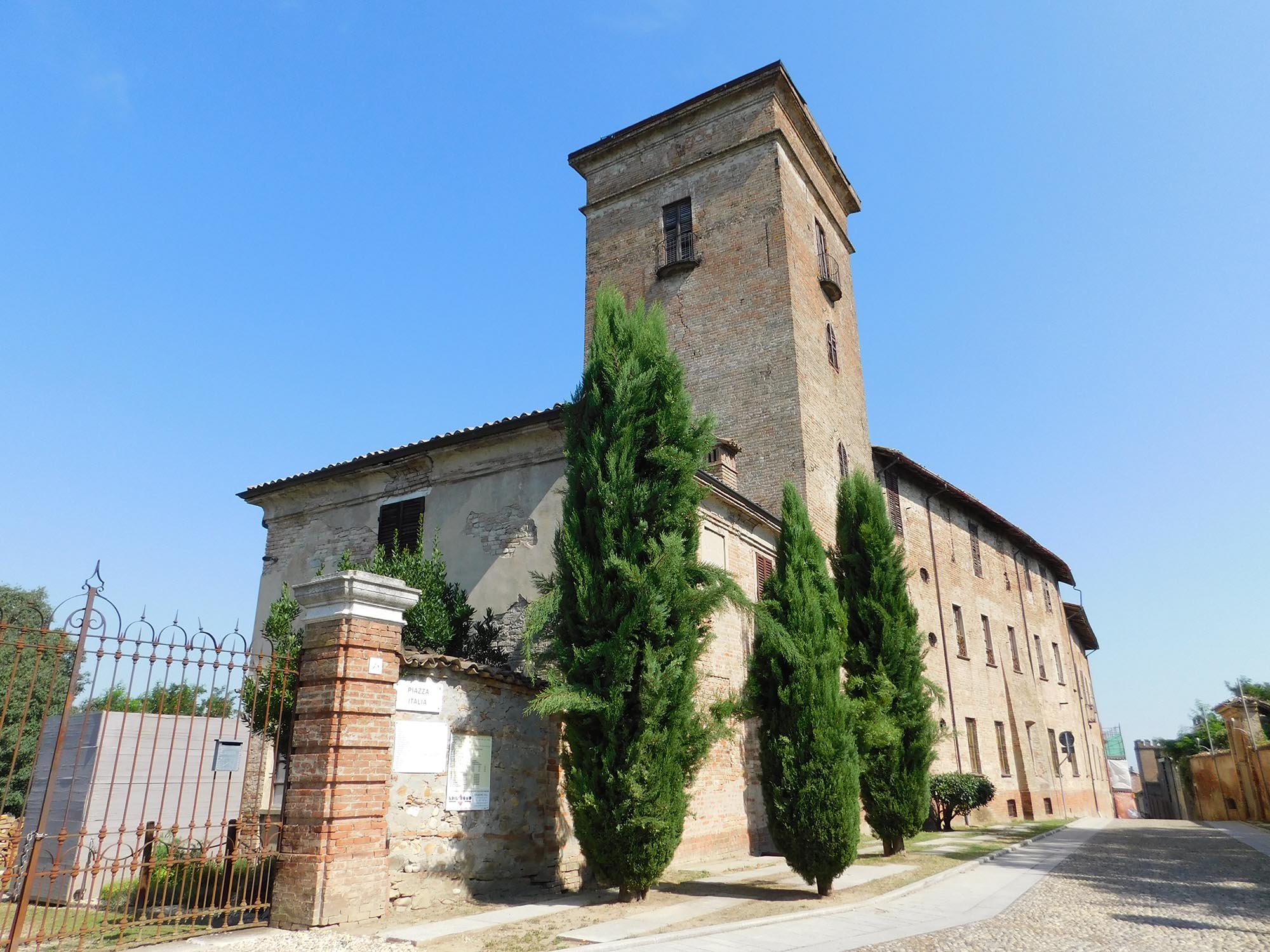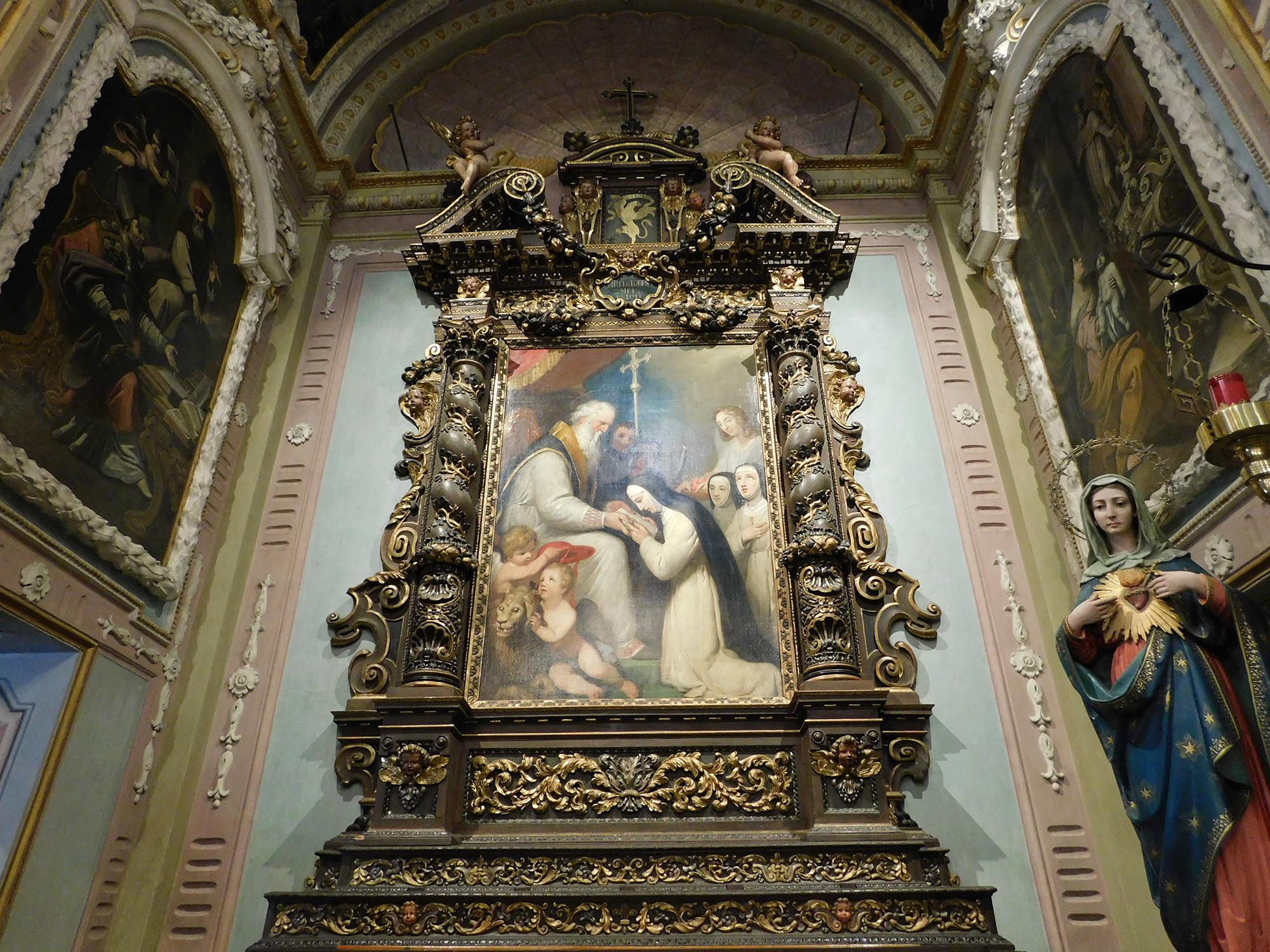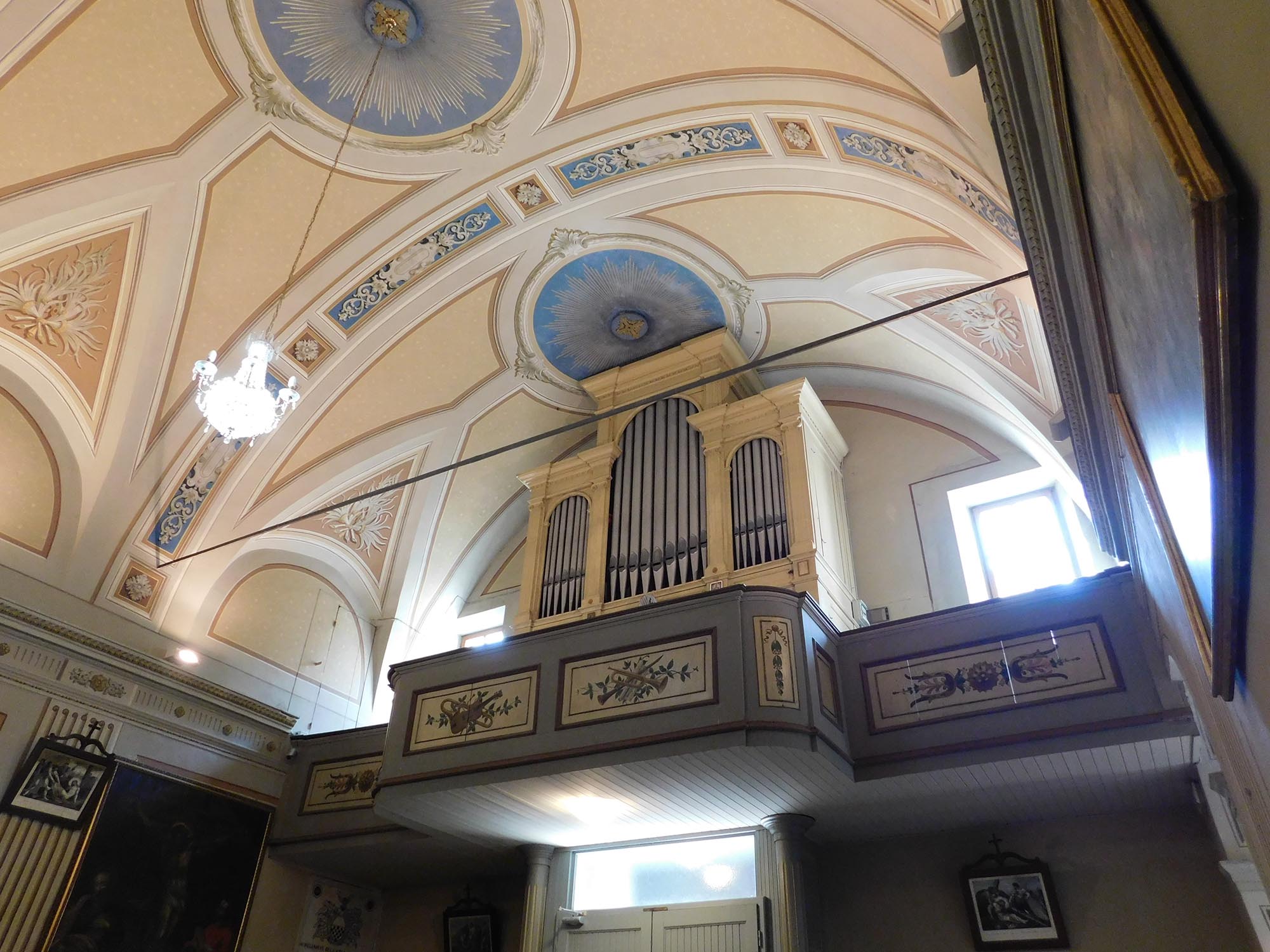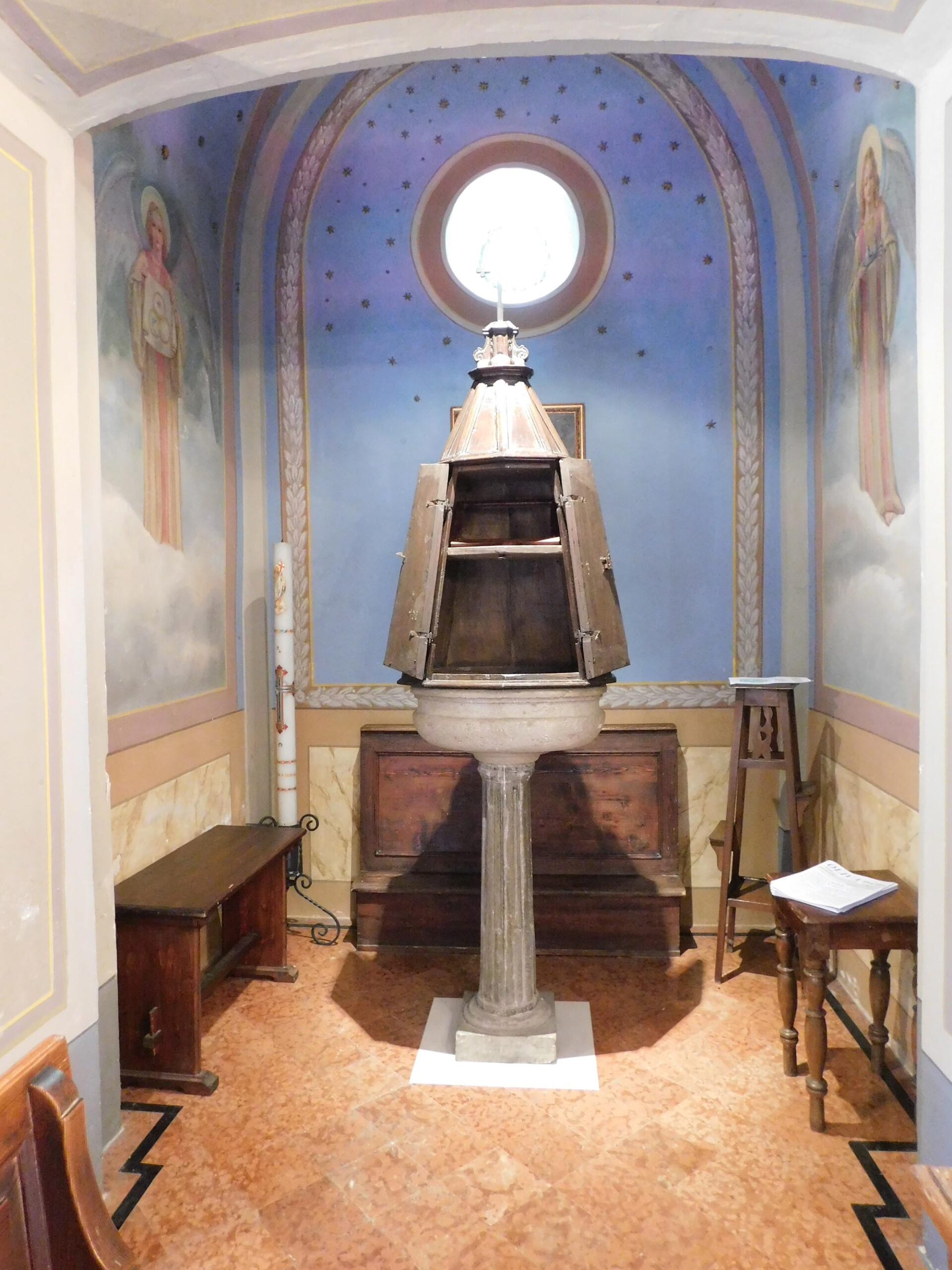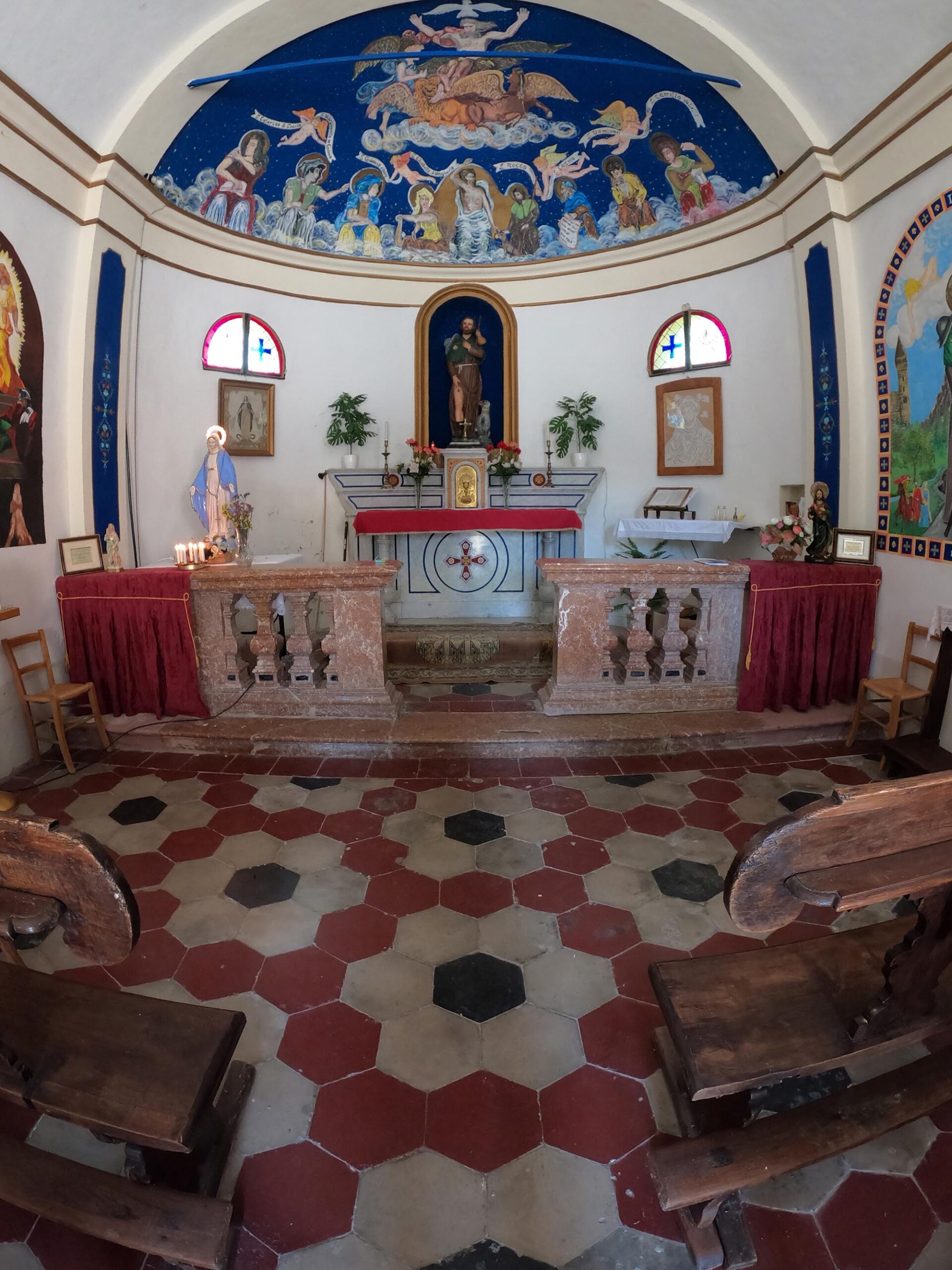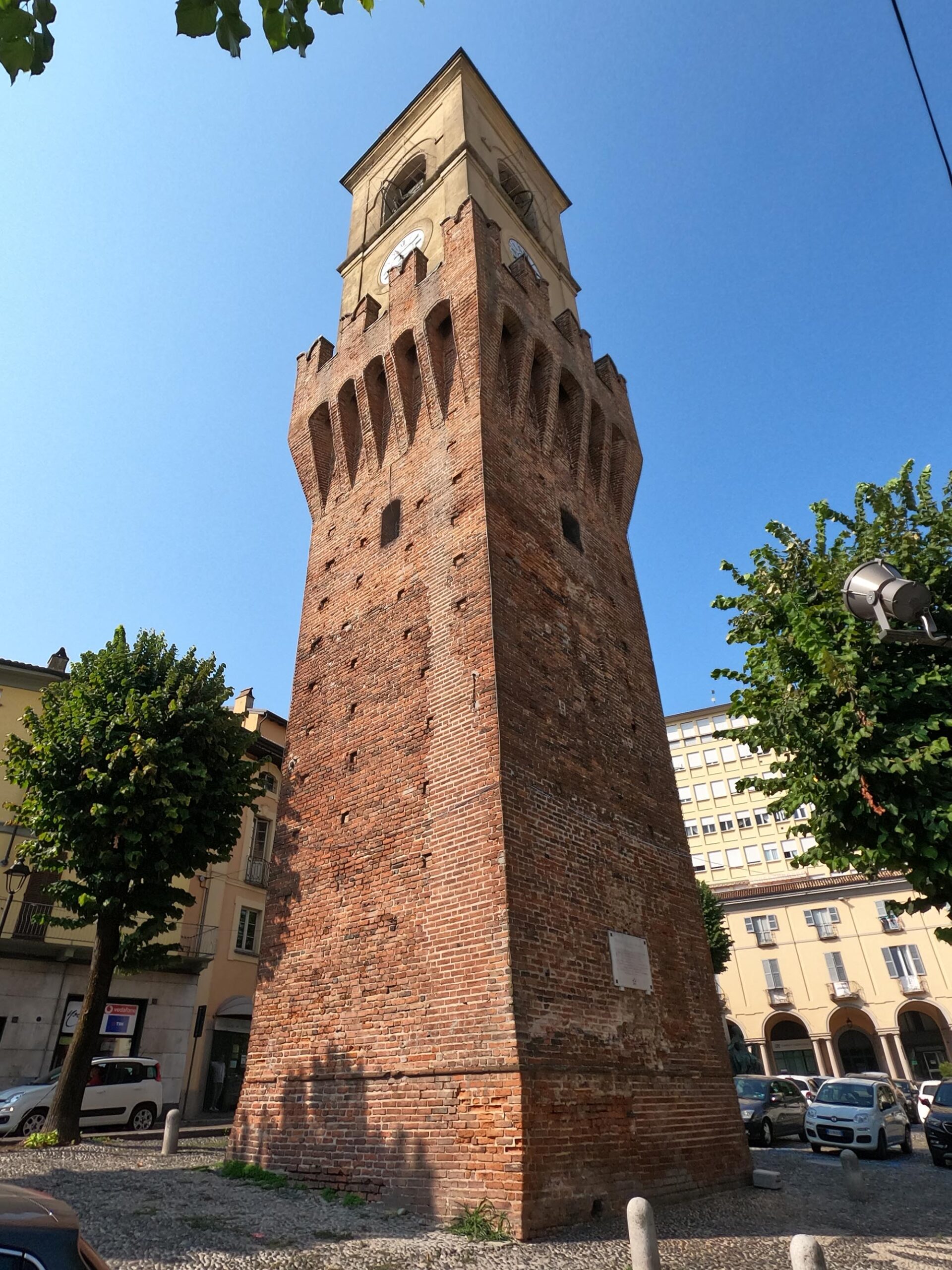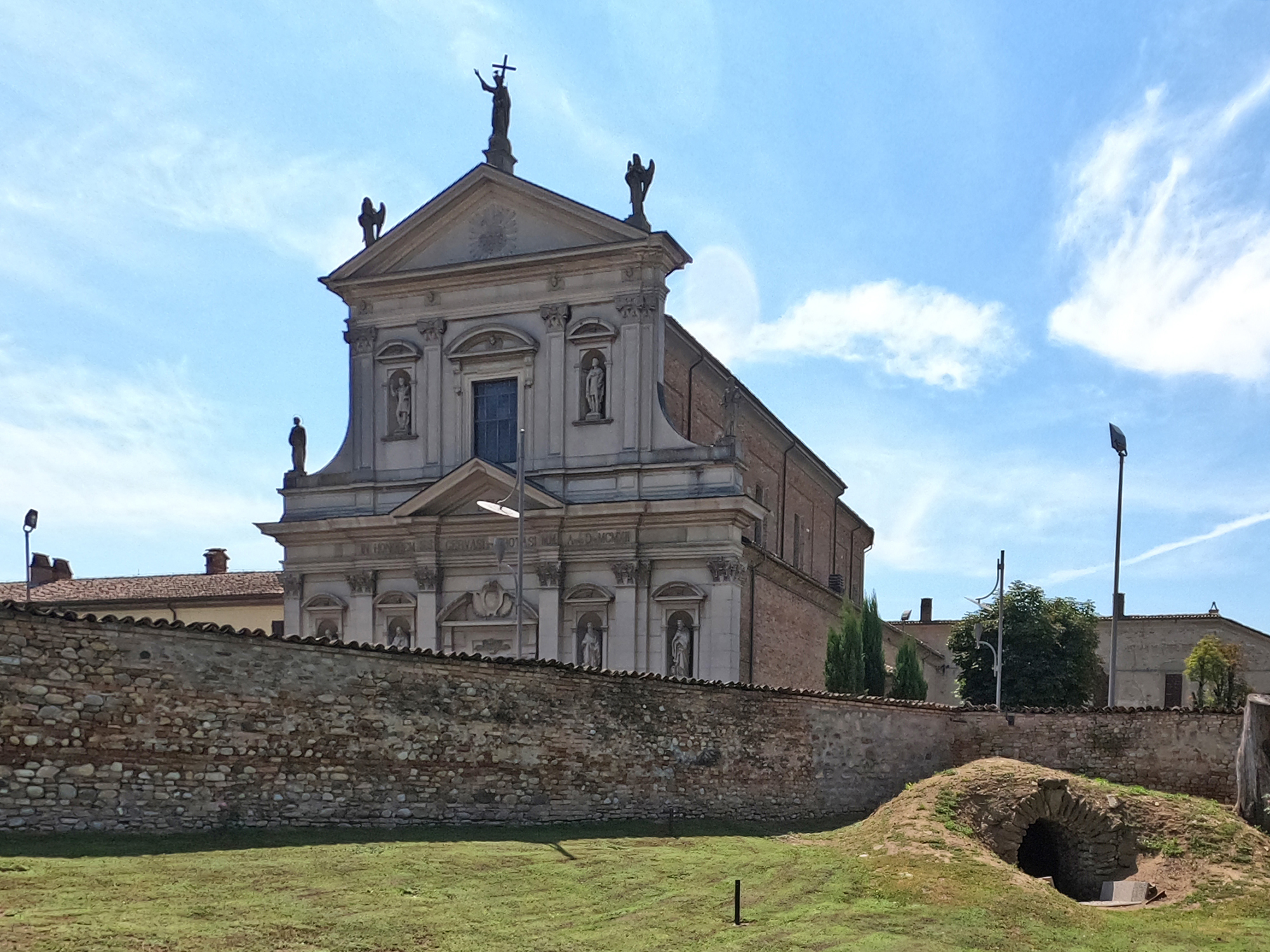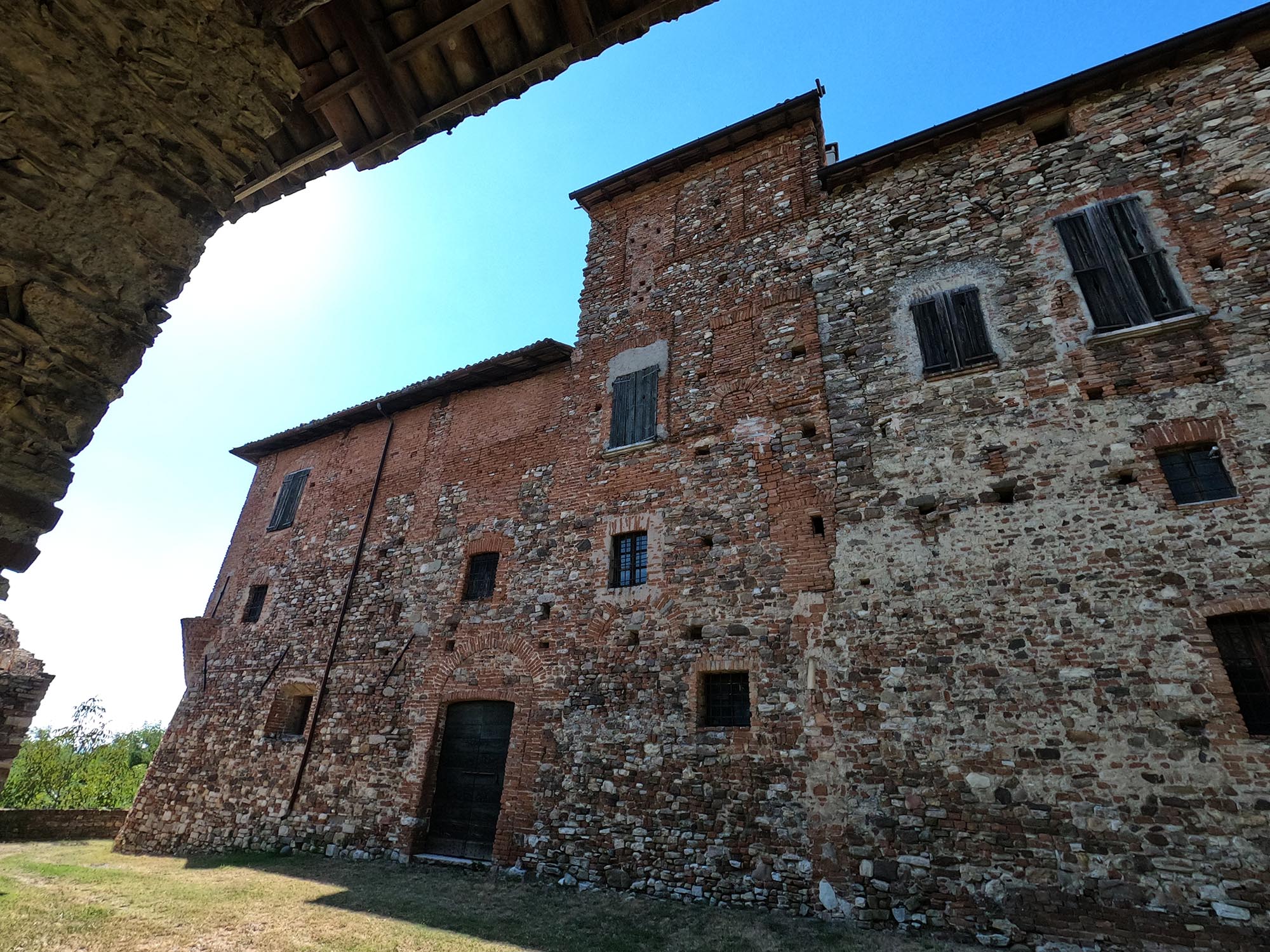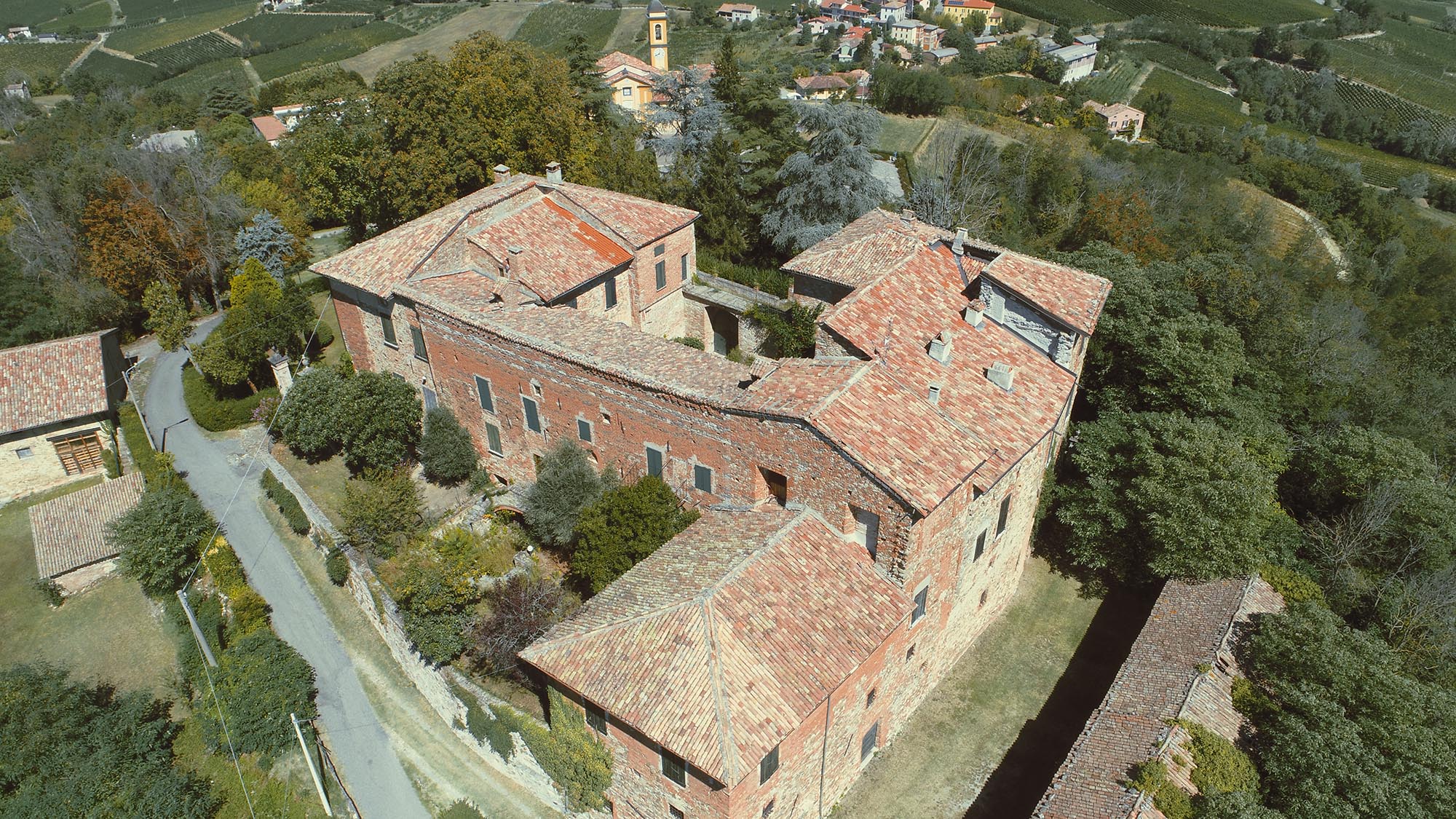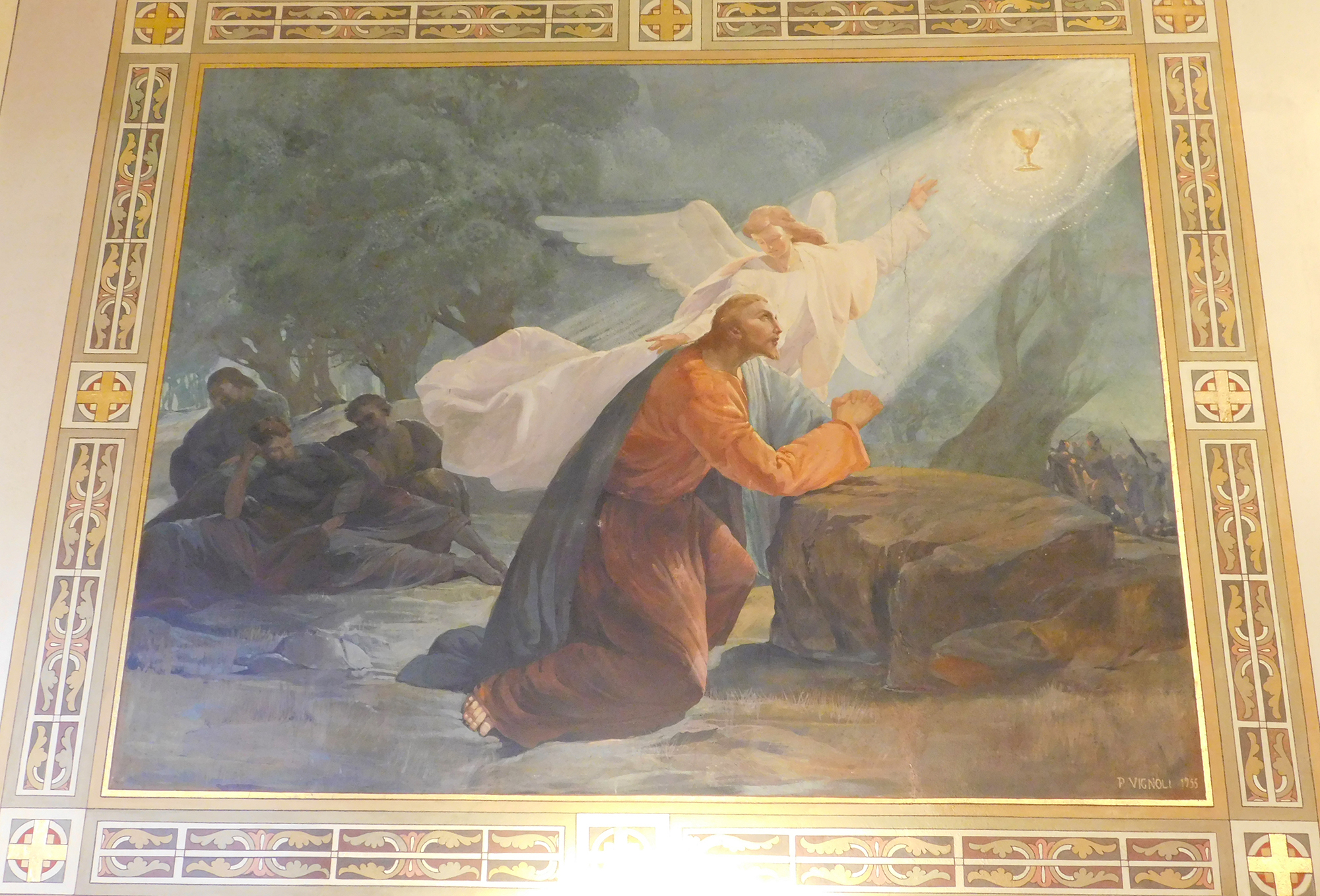The Oltrepò Pavese has always represented, both historically and archaeologically, a place of transit, a position that created the cultural wealth of the territory and the diversity of its elements.
The territory of the Oltrepò has a great historical importance. In the area there are numerous museums and archaeological sites with a cultural insight in various fields, all united by the same territorial background.
Since Roman times, there have been many settlements in this territory, one of the most important being Clastidium (the modern Casteggio) in the Roman region of Aemilia. From the historian Polybius we have the witnessing of the battle of Clastidium of 222 AD between Romans and Insubric Gauls.
The Insubres, three years earlier, had led a risky attack against the Romans, which was stopped in Telamon with an epic battle. Polybius tells that for the invasion of the Roman-Italic territory the Celts assembled the greatest coalition against the Romans: after some blood-soaked battles it ended with the complete victory of the Romans and the Celt army was for the most part destroyed or held captive.
The destruction of the Insubrian army pushed the Roman conquest of Mediolanum (Milan), the enemy capital, that was conquered after a short siege. The battle of Clastidium, that in conclusion was the prelude to the conquest of the Cisalpine Gaul, became one of the most famous battles in Roman history.
The epic duel between the commanders had Marcellus, who consecrated the spolia opima of Viridomarus to Jupiter Feretrius, become the hero of one of the oldest works of Latin literature, the fabula praetexta by Nevius titled Clastidium.
After Roman times, with the foundation of the Abbey of Saint Columban in Bobbio in 614, in the middle of the Lombard era, all the territories of the Oltrepò Pavese became part of the abbey fiefdom until the 10th-11th century when the fief fell apart.
In 1164 Frederick Barbatrossa started a redistribution of the fiefs and while creating the one of Pavia he added to it many of the lands now belonging to the municipalities of the Oltrepò Pavese. In 1175 the armies of the Lombard League and Frederick were to fight near Montebello, but it resulted in a temporary armistice (Peace of Montebello) that postponed the battle to the following year. In the next century the wars between Pavia and Milan also involved this territory until 1359 when Pavia fell and the lands of the Oltrepò came under the power of the Milanese Visconti and then the Sforza.
In the second half of the 15th century the entire territory of the Oltrepò was divided between fiefdoms; this situation lasted until the 18th century. The history of the Oltrepò followed that of the Sforza family. In 1535 it passed to Spain and in 1713 to Austria. Only in 1743 it was separated from the Principality of Pavia and united to the Kingdom of Piedmont of the Savoia. It then remained in the hands of the piedmontese until the annexation to the French Empire under Napoleon. At this time the Oltrepò was divided in two provinces, of Voghera and of Bobbio. With the Congress of Vienna in 1815 the zone was given back to the Savoia family. Later, in 1859, when Lombardy became part of the Kingdom of Sardinia, it returned under the Province of Pavia.


